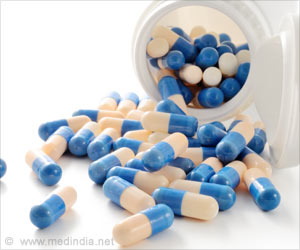Medicaid increases health care use, reduces financial strain on covered individuals and improves health and well-being, say researchers.

In 2008, Oregon held a lottery to accept additional low-income, uninsured residents into its Medicaid program; about 90,000 applied for the 10,000 available openings. The researchers collected data on the lottery participants from many sources including hospital records and mail surveys and compared outcomes between those randomly selected by the lottery and those not selected in order to determine the impact of Medicaid.
Although many previous studies compare health or health care use between the insured and uninsured, inferring the impact of health insurance from such comparisons is difficult because differences between the insured and uninsured, such as in income, employment, or initial health, may affect the health and health care outcomes studied. This study is the first to avoid this problem by taking advantage of the random assignment created by the Oregon lottery.
Based on the first year of this ongoing study, some of the key findings show that Medicaid coverage:
Increases health care use:
- Increases the likelihood of using outpatient care by 35%, using prescription drugs by 15%, and being admitted to the hospital by 30%, but does not seem to have an effect on use of emergency departments. This translates into about a 25% increase in annual health care spending.
- Increases the use of recommended preventive care such as mammograms by 60% and cholesterol monitoring by 20%.
- Increases access to care: Increases the probability individuals report having a regular office or clinic for their primary care by 70% and the likelihood they report having a particular doctor that they usually see by 55%.
- Reduces financial strain: Decreases the probability of having to borrow money or skip paying other bills to pay for health care by 40%, and decreases the probability of having an unpaid medical bill sent to a collection agency by 25%. Declines in unpaid medical bills also benefit health care providers, since the vast majority of such debts are never paid.
- Improves reported health: Increases the probability that people report themselves in good to excellent health (compared with fair or poor health) by 25% and increases the probability of not being depressed by 10%. Advertisement
The current study is part of a broader research program that will follow the lottery participants for an additional year and will also directly measure health outcomes, including cholesterol, diabetic blood sugar control, blood pressure, and obesity.
Advertisement









